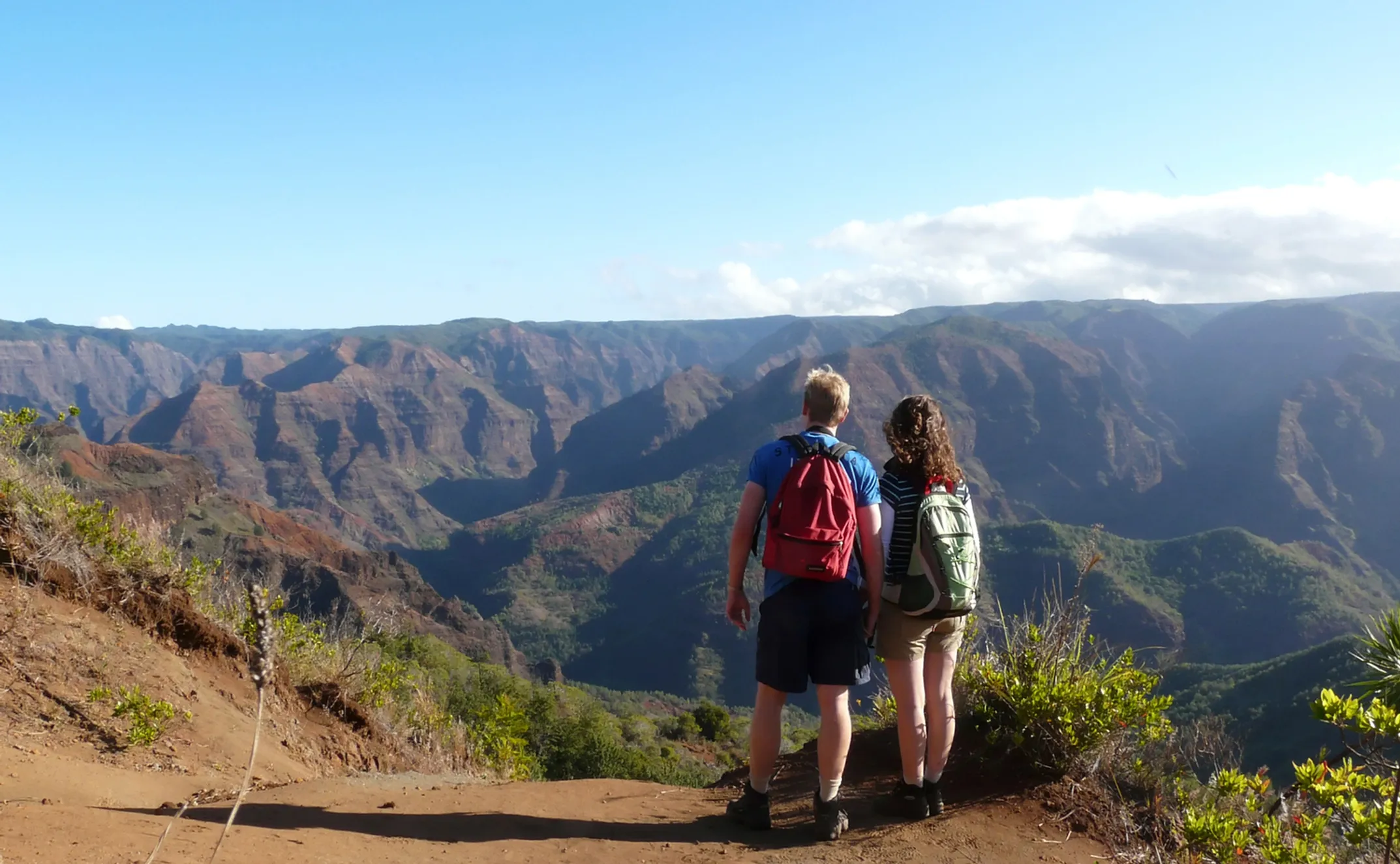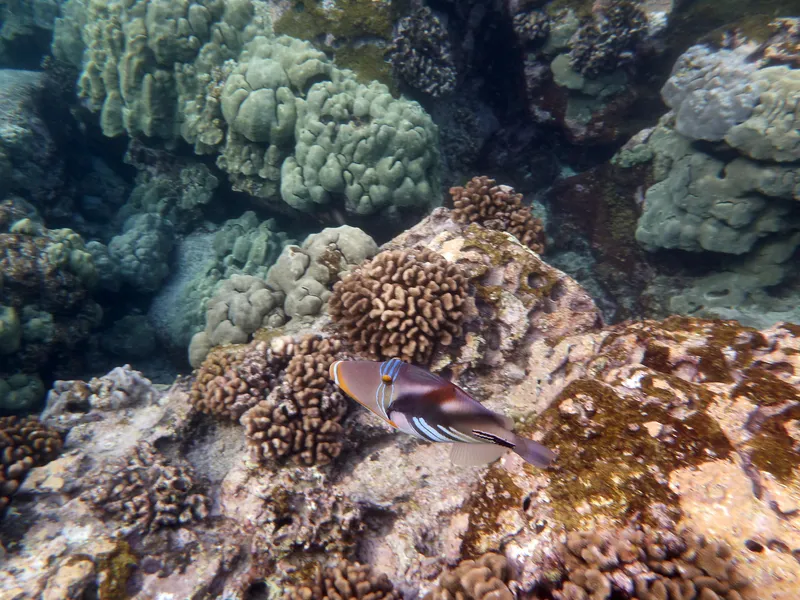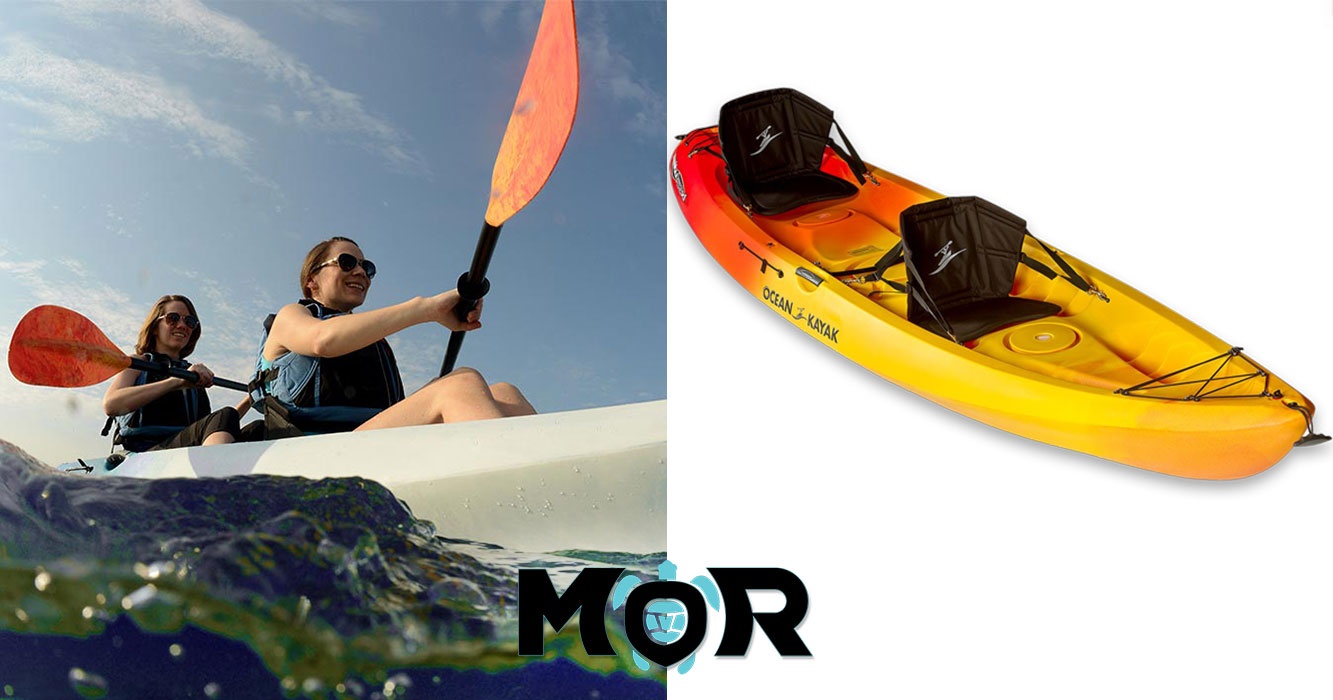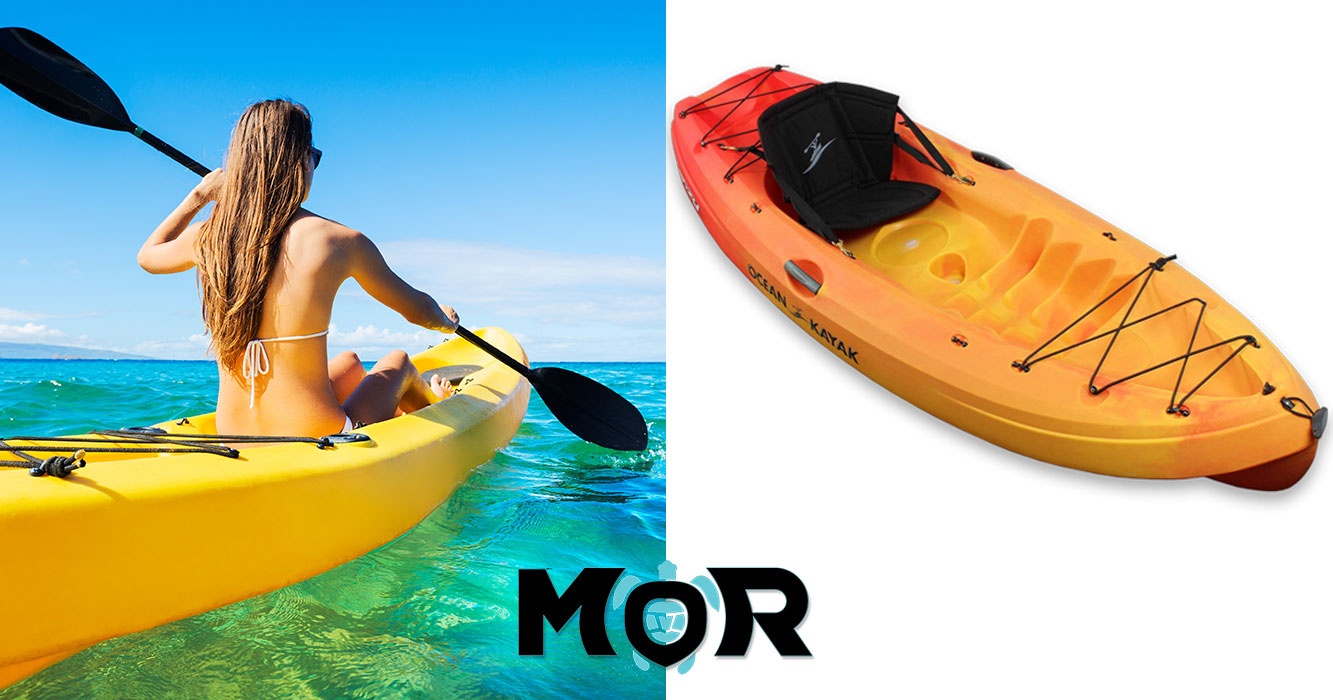
“Brew Your Best Cup”- Coffee Brewing Workshop
Heavenly Hawaiian Coffee Farm • Farm • Holualoa, Island of Hawaii • Hawaii

The Heart of Hawaiʻi: Spirit of Mālama ʻĀina

Written by a Local Cultural Expert
Jade KawanuiTo truly understand ecotourism in Hawaiʻi, one must first understand the foundational values of the host culture. The concept is not a modern marketing term but an extension of an ancient and profound worldview. At the core of this worldview is the principle of Mālama ʻĀina—a Hawaiian phrase that translates to "caring for and honoring the land."
This is not a one-way street of human stewardship over nature. It is a deeply reciprocal relationship. The land, the sea, and all living things are seen as relatives, imbued with mana (spiritual life energy). The ʻāina provides everything needed for survival, and in return, the people have a sacred duty to care for it.
This philosophy extends beyond simple sustainability. It is the cultural and spiritual bedrock of Native Hawaiian life.

This relationship brings with it the concept of kuleana. In Hawaiian, kuleana means both a responsibility and a privilege. The chance to live in, learn from, and enjoy the beauty of Hawaiʻi is a profound privilege. That privilege comes with the inherent responsibility to protect it, to ensure its natural and cultural treasures endure for the generations to come.
For visitors, embracing this idea transforms a vacation into a more meaningful exchange. It shifts the perspective from being a consumer of a destination to being a guest in a cherished home, with the same kuleana as locals to protect it.
To travel "righteously" and respectfully, actively participating in mālama ʻāina through conscious choices.
Moving from consumer to welcomed participant in the ongoing effort to care for the islands.
Transforming visitor presence into contributions to the health and vitality of Hawaiʻi.
Moving beyond surface attractions to connect with the very soul of the islands.
Discover the practical steps to become a responsible traveler and participant in Hawaii's conservation story.
Learn Pono Travel PracticesSustainable Tourism Association of Hawaii:
"Nature and culture based tourism that is ecologically sustainable and supports the well-being of local communities."
While rooted in ancient values, the modern application of these principles has been formalized to address the pressures of contemporary tourism. The Sustainable Tourism Association of Hawaiʻi (STAH) provides a clear definition: ecotourism is "nature and culture based tourism that is ecologically sustainable and supports the well-being of local communities."
Hawaiʻi's isolation has resulted in an extraordinary level of biodiversity, but also extreme fragility. The islands are home to approximately 150 distinct ecosystems, from subterranean lava tubes to alpine deserts. Over 90% of its native flora and fauna are endemic, meaning they are found nowhere else on Earth.
Critical Facts: Hawaii is tragically known as the "Endangered Species Capital of the World," containing at least one-third of all endangered species in the United States, and the "Bird Extinction Capital of the World."
In Hawaiʻi, culture and nature are inseparable. The health of the ʻāina is directly linked to the health of Native Hawaiian culture. Ecotourism, therefore, must not only protect natural sites but also preserve and accurately interpret the cultural practices, stories, and traditions connected to them.
Goal: Creating authentic experiences that foster respect for the host culture and its deep-rooted connection to the environment.
Sustainable tourism must ensure that economic benefits are fairly distributed and support the local community. This means creating stable, quality jobs for residents and supporting locally owned businesses, from farms to tour operators.
Vision: A regenerative model where tourism strengthens the local economy and community well-being, rather than an extractive one where profits primarily leave the islands.
The urgency of these three pillars is underscored by the sheer volume of visitors and the visible strain on resources.
The state has integrated sustainable tourism into its official policy through the Aloha+ Challenge, demonstrating a high-level commitment to a more balanced and responsible future for the visitor industry.

Heavenly Hawaiian Coffee Farm • Farm • Holualoa, Island of Hawaii • Hawaii

